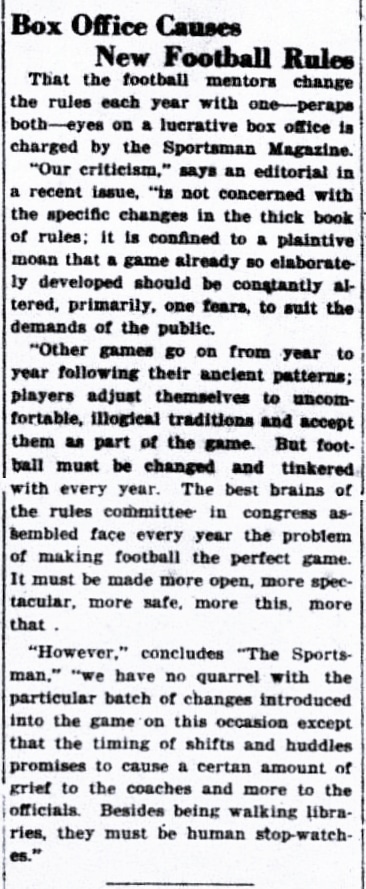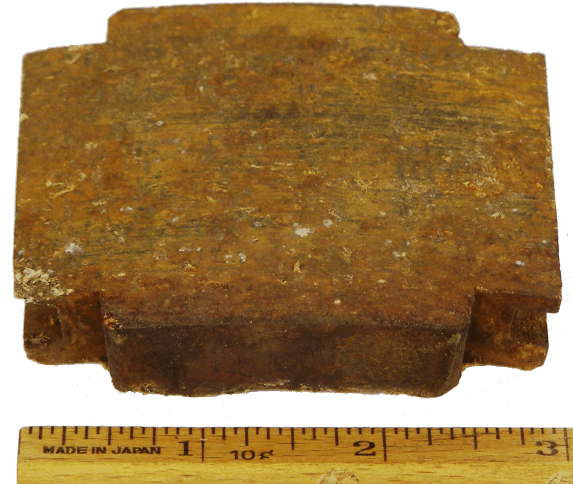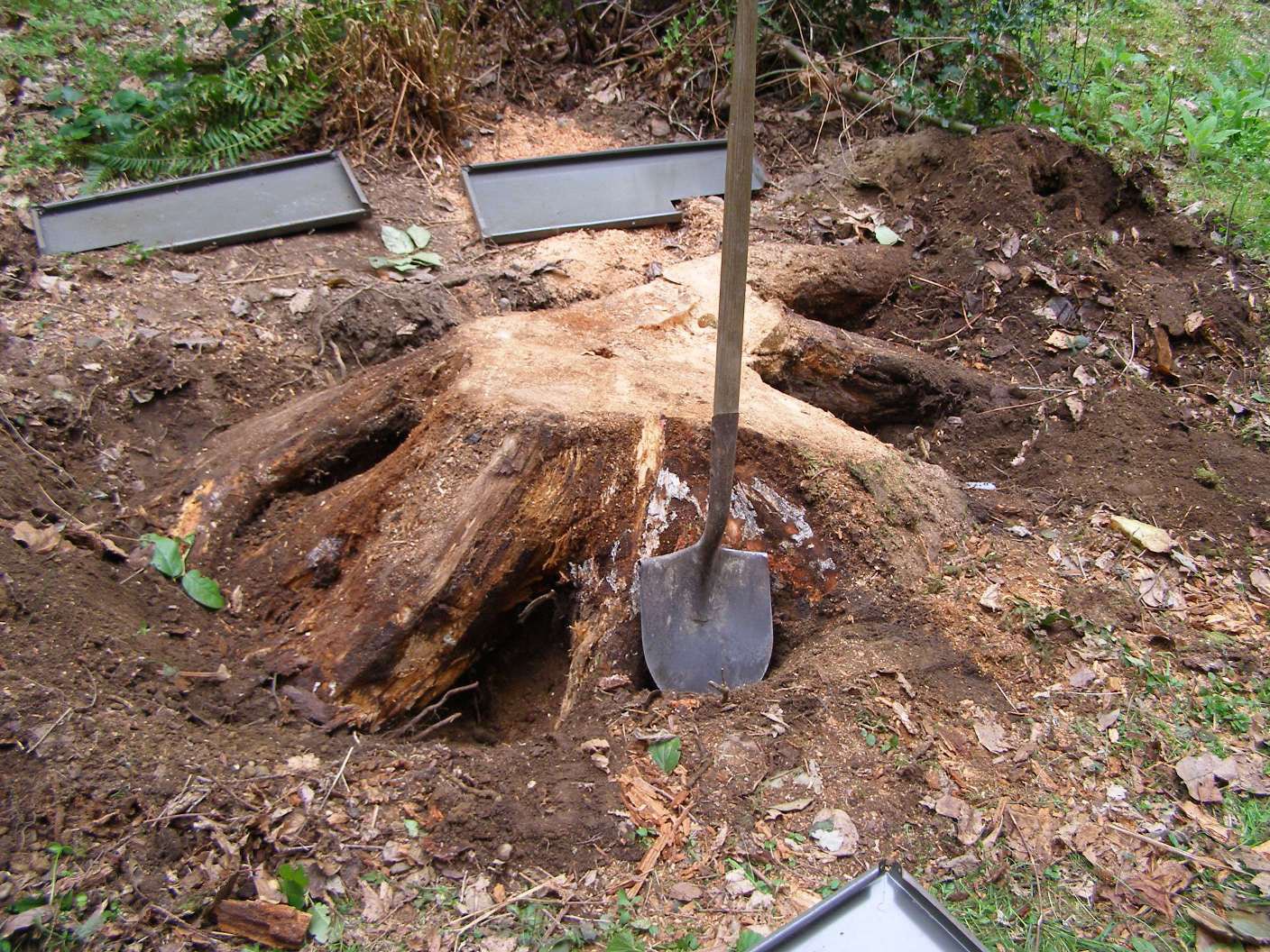Arts & Entertainment Community
Gig Harbor Now and Then | Our next question will have you stumped
The previous Gig Harbor Now and Then column asked a simple question about a newspaper article complaining about constant rule changes to the game of football:
Arts & Entertainment Sponsor
Arts & Entertainment stories are made possible in part by the Gig Harbor Film Festival, a proud sponsor of Gig Harbor Now.

Box Office Causes New Football Rules
That the football mentors change the rules each year with one — perhaps both — eyes on a lucrative box office is charged by the Sportsman Magazine.
“Our criticism,” says an editorial in a recent issue, “is not concerned with the specific changes in the thick book of rules; it is confined to a plaintive moan that a game already so elaborately developed should be constantly altered, primarily, one fears, to suit the demands of the public.
“Other games go on from year to year following their ancient pattern; players adjust themselves to uncomfortable, illogical traditions and accept them as part of the game. But football must be changed and tinkered with every year. The best brains of the rules committee in congress assembled face every year the problem of making football the perfect game. It must be made more open, more spectacular, more safe, more this, more that.
“However,” concludes “The Sportsman,” “we have no quarrel with the particular batch of changes introduced into the game on this occasion except that the timing of shifts and huddles promises to cause a certain amount of grief to the coaches and more to the officials. Besides being walking libraries, they must be human stop-watches.”
In what year was this article bemoaning constant changes in football rules published?
Answer: 1927. Printed on a page of non-local features, it appeared in the April 29, 1927, issue of The Peninsula Gateway.
Changing the rules of football to boost the box office is nothing new. Neither is juggling leagues. Just ask the Pac 12 … er, the Pac 2.
New business
The new question, this time of local history, concerns Peninsula grade schools.
In the early decades of the 20th century, Peninsula grammar schools were mostly in individual, one-school districts. At some point, some of the schools began having yearly athletic meets between two or more districts. The usual competitions were featured — foot races, baseball throwing, shot putting, broad jumping, and the like.
In addition, many of the athletic meets featured other contests that weren’t athletic in nature. The non-athletic events were conducted in the morning, with the traditional sports being held in the afternoon.
What non-athletic contests were frequently included at Peninsula inter-district school sports meets in the early 20th century?
Other new business
It has not come to my attention that anyone has correctly guessed the identification of the Gig Harbor Now and Then Item of Mystery. It has not come to my attention that any guesses at all have been ventured. So, another clue is warranted.

Out Historical Item of Mystery. Photo by Greg Spadoni.
The new clue is: While old, it’s not totally obsolete. There are some still being used today.
Coming up
Future Gig Harbor Now and Then columns already in the pipeline (believe it or not, some of us don’t wait until mere hours before deadline to start that week’s column) will cover a wide range of topics.
The dawn of the automobile age was revolutionary on the Peninsula. The story of Gig Harbor’s first automobile dealerships is as important as that of any other local businesses. Where were they located? Who started them? What else did they commonly sell besides cars and trucks?
Both the Gig Harbor and Key peninsulas are currently in the process of removing road culverts in fish-bearing streams and creeks and replacing them with concrete bridges. A hundred years ago, driven by the development of the automotive industry, that process was working in reverse. There was a push to replace wooden bridges with culverts. Why? Where?
Death and Burial on the Early Peninsula (capitalized because the column already has that title) was very different than it is today. Multiple examples tell the tale.
Believe it or not — and like it or not — the old-growth stump shall commandeer an entire column. That’s a no-brainer, for what other subject could possibly generate more anticipatory excitement? (Typical reader reaction: “Stumps? WOW! I can’t wait to be delightfully entertained by tales of old-growth stumps!”)

It’s not just old-growth stumps that can be spellbinding. This second-growth stump’s quite a looker too! Photo by Greg Spadoni.
Some other topics in waiting are: a few accidental shootings; a variety of retail stores, some that were successful, some that didn’t make it; a variety of “Then and Now” photo comparisons; the very different route of the first public road through the west side of Gig Harbor; garbage disposal before public dumps; the first airplane pilot on the Peninsula; Gig Harbor’s first few hospitals (there were several before St. Anthony); a terrible traffic accident; herd laws; various aspects of logging; murder; prison; double clutching (believe it or not – but only as a lead in to another subject); the first telephones on the Peninsula; old buildings; the revolution that was radio.
And then there’s the Maybe List. Maybe a story on some common recipes of the day that while delicious, helped people into an early grave. Maybe a few whaling stories. Maybe a look back at the state legislature in the 1980s. Maybe something about the only brick yard on the shores of Gig Harbor.
And who knows what else? New subjects are found in old newspapers all the time, and in other places now and again.
A really cool column about what individual trees can tell us about the past is already in the can. So is one about a passenger and freight railroad through Gig Harbor. Another takes a look at the early Peninsula’s universal fuel. Also finished is the convoluted story of Gig Harbor’s first cemetery. And in what will be quite a surprise to a lot of people, a column about Gig Harbor commercial fishing boats is also complete, waiting only for the right slot in the schedule. (While all those subjects can be interesting in their own individual ways, it’s kind of a shame they can’t all be as exciting as stumps.)
Story length is sometimes a limiting factor. There are some completed stories that tell very interesting tales, but don’t fit the current column format. Maybe we’ll look into the possibility of a multi-part series. Or maybe we won’t. (The editor might have an opinion on that.)
Speaking of editors, there will no doubt be more Gig Harbor Now and Then editorial opinions from time to time. Not because they are in demand, and not because they’re any good, but just because.
Anyway, there’s a lot more … um, stuff coming to this column. Some of it, I swear, is going to be interesting!
Next time
Our next column, on Dec. 2, will have the answer to today’s question concerning non-athletic competitions at local grade school athletic meets. Whether it also has the identity of the first Gig Harbor Now and Then Item of Mystery depends on it being properly identified by a sharp, critical-thinking reader.
Although to be fair, any sharp, critical-thinking reader probably has more productive uses for their time than puzzling over the Item of Mystery … unless they know how super cool it is.
— Greg Spadoni, November 18, 2024
Greg Spadoni of Olalla has had more access to local history than most life-long residents. During 25 years in road construction working for the Spadoni Brothers, his first cousins, twice removed, he traveled to every corner of the Gig Harbor and Key Peninsulas, taking note of many abandoned buildings, overgrown farms, and roads that no longer had a destination. Through his current association with the Harbor History Museum in Gig Harbor as the unofficial Chief (and only) Assistant to Linda McCowen, the Museum’s primary photo archive volunteer, he regularly studies the area’s largest collection of visual history. Combined with the print history available at the Museum and online, he has uncovered countless stories of long-forgotten local people and events.

